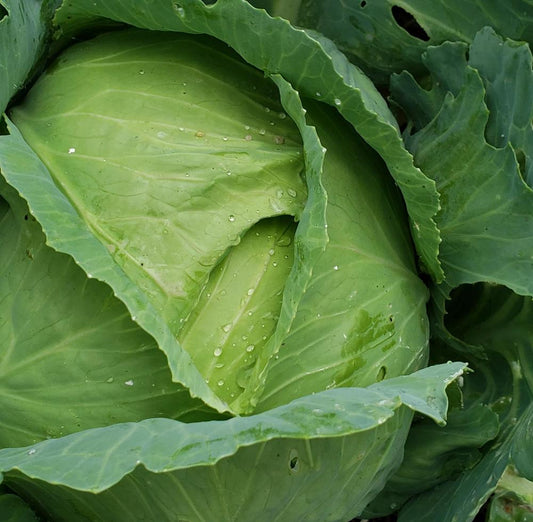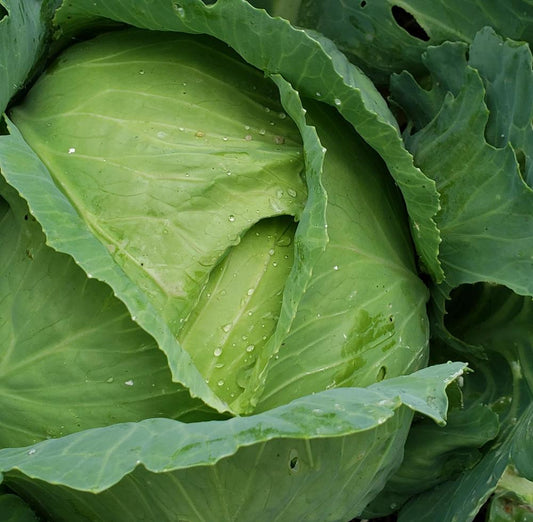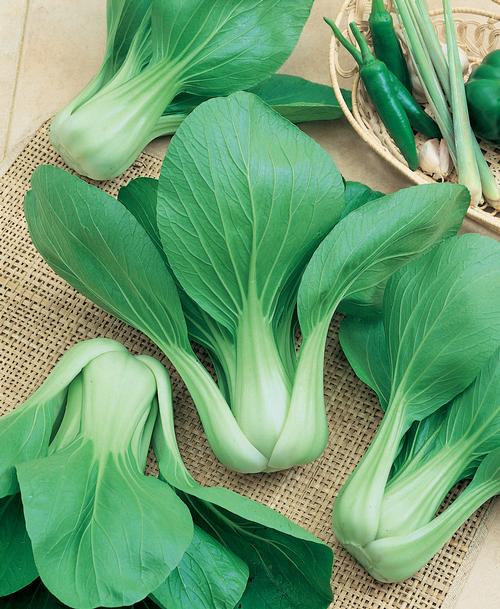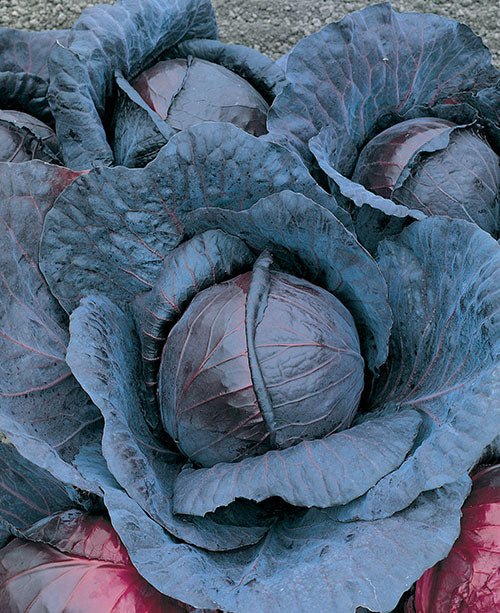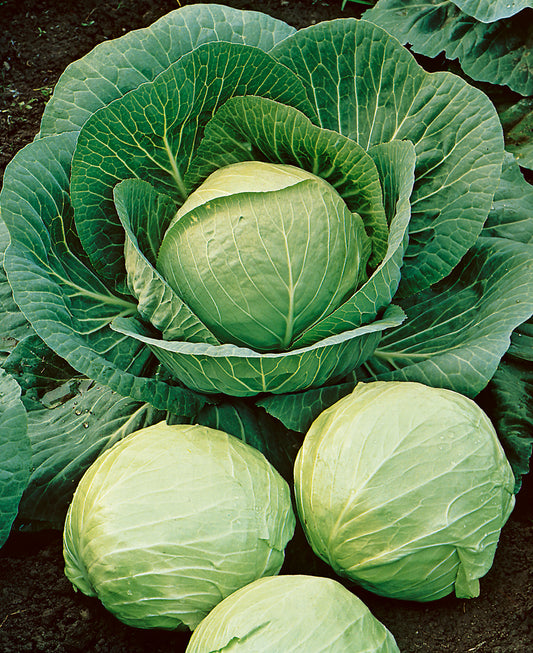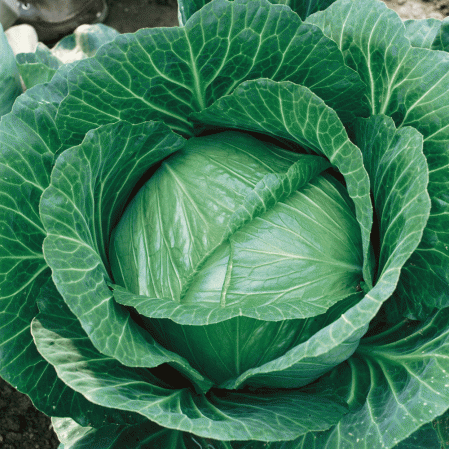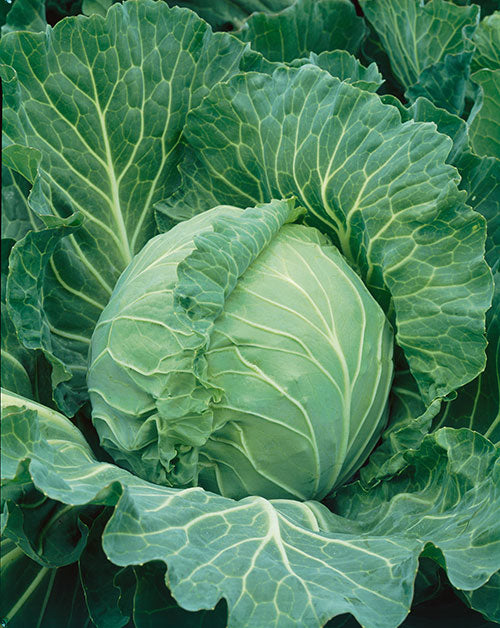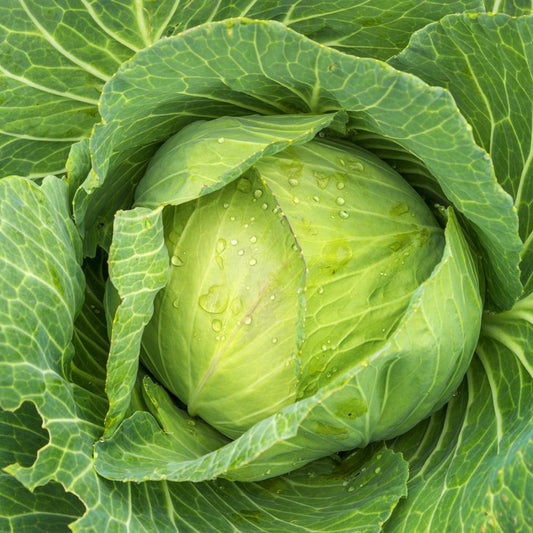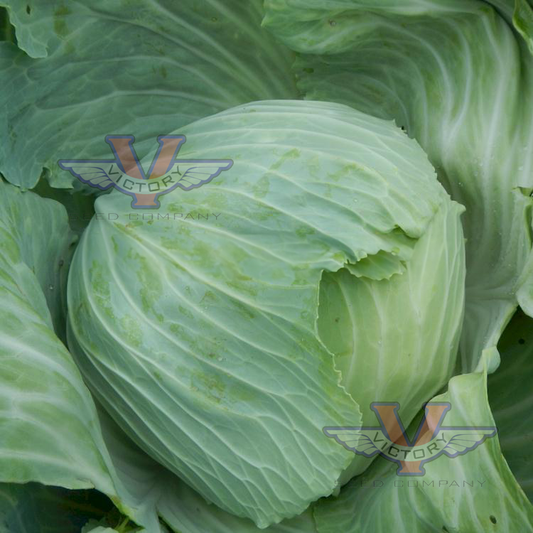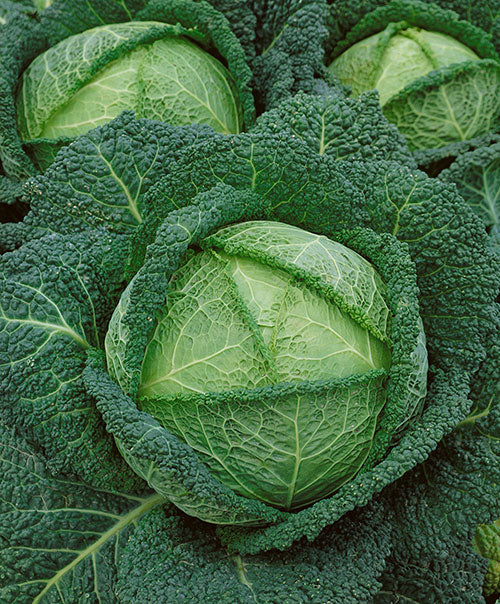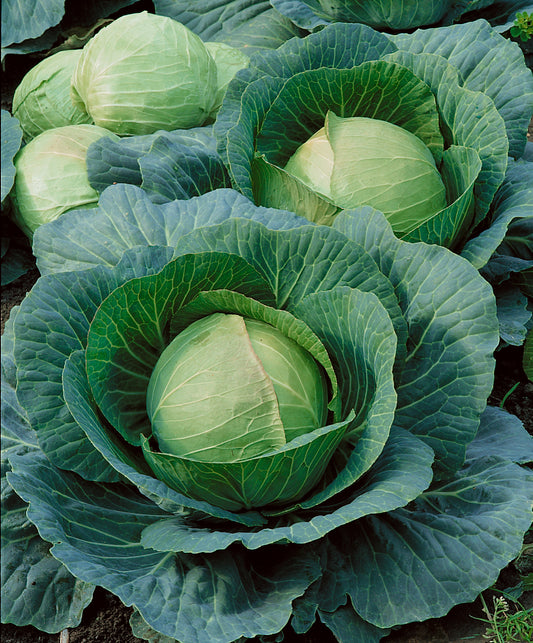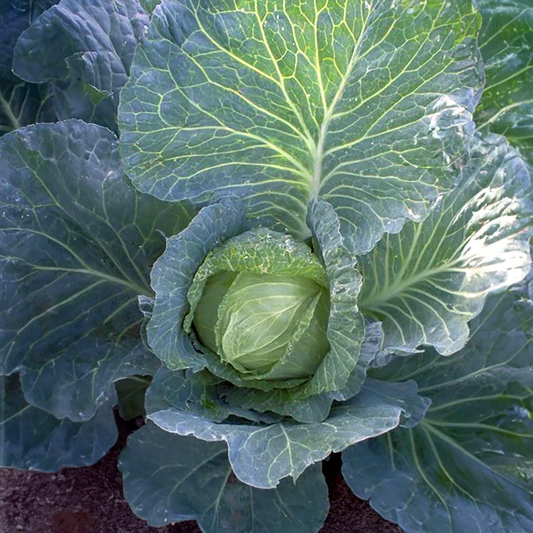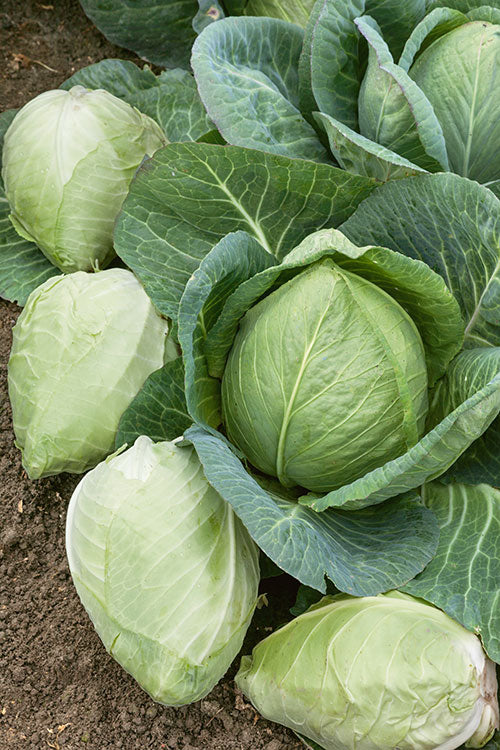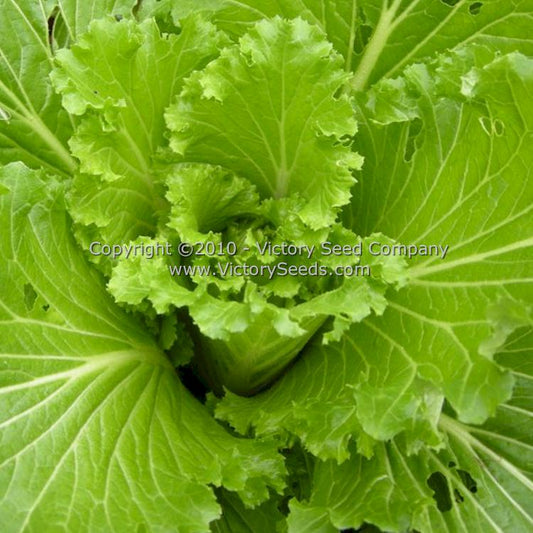-
All Seasons Cabbage
Regular price From $2.95 USDRegular priceUnit price per -
All Seasons Cabbage (Organic)
Regular price $3.25 USDRegular priceUnit price per -
Bok Choy (Pak Choi)
Regular price From $2.75 USDRegular priceUnit price per -
Red Acre Cabbage
Regular price From $2.95 USDRegular priceUnit price per -
Early Round Dutch Cabbage
Regular price From $2.95 USDRegular priceUnit price per -
Brunswick Cabbage
Regular price From $2.95 USDRegular priceUnit price per -
Copenhagen Market Cabbage
Regular price From $2.95 USDRegular priceUnit price per -
Golden Acre Cabbage
Regular price From $2.95 USDRegular priceUnit price per -
Late Flat Dutch Cabbage
Regular price From $2.95 USDRegular priceUnit price per -
Perfection Cabbage
Regular price From $2.95 USDRegular priceUnit price per -
Danish Ballhead Cabbage
Regular price From $2.95 USDRegular priceUnit price per -
Early Jersey Wakefield Cabbage
Regular price From $2.95 USDRegular priceUnit price per -
Charleston Wakefield Cabbage
Regular price From $2.95 USDRegular priceUnit price per -
Chinese Michihli Cabbage
Regular price From $2.95 USDRegular priceUnit price per -
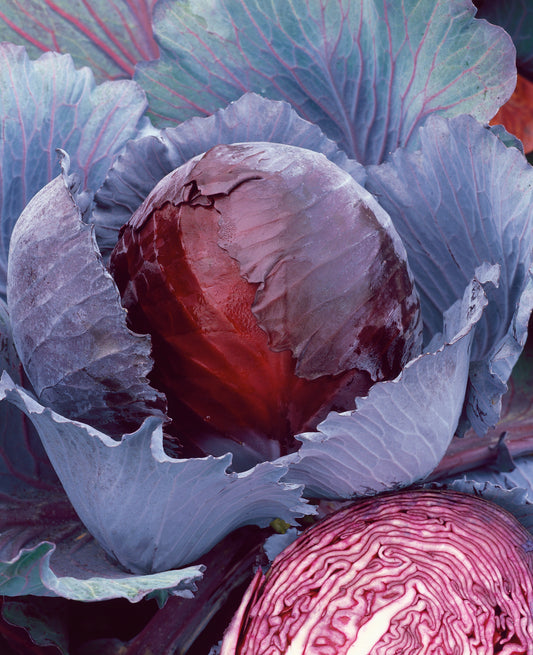 Sold out
Sold outRed Express Cabbage
Regular price $2.95 USDRegular priceUnit price per
A question that is commonly asked of us is, "Why aren't my cabbages forming heads?" Like many brassicas, cabbage is a cool weather crop. It is also generally a very long seasoned one. Our general answer to the above question is, "Because you are not being patient!" This is not actually how we answer, but it is a valid answer about 90% of the time. There are, of course, other circumstances that will cause a cabbage plant from forming heads. Some of these include:
* Too much nitrogen.
* Not cultivating the plants thus allowing them to be overgrown or crowded.
* Seedling damage from insects or to the roots while transplanting.
* Planting seedlings when temperatures are over about 80F.
* Not watering enough.
So what can you do? Start by planning. Get the seeds sown early in the spring or late in the summer so that the plants can mature in the cooler temperatures of the year. Keep your cabbage patch weeded, mulched and watered. And wait them out . . . have patience. Most of the time the plants will do what they are suppose to do when the conditions are correct.
Informational Resources:
* "Cabbage and Cauliflower for Profit" by J. M. Lupton, 1912.
* "Cabbage, Cauliflower and Allied Vegetables: From Seed to Harvest" by Charles Linnaeus Allen, 1901.
* Too much nitrogen.
* Not cultivating the plants thus allowing them to be overgrown or crowded.
* Seedling damage from insects or to the roots while transplanting.
* Planting seedlings when temperatures are over about 80F.
* Not watering enough.
So what can you do? Start by planning. Get the seeds sown early in the spring or late in the summer so that the plants can mature in the cooler temperatures of the year. Keep your cabbage patch weeded, mulched and watered. And wait them out . . . have patience. Most of the time the plants will do what they are suppose to do when the conditions are correct.
Informational Resources:
* "Cabbage and Cauliflower for Profit" by J. M. Lupton, 1912.
* "Cabbage, Cauliflower and Allied Vegetables: From Seed to Harvest" by Charles Linnaeus Allen, 1901.

